ecosystem-guides.com
....exploring the planet's ecosystems
ANTARCTIC
Ocean & Seashore
The diversity is low on the Antarctic continent, but the remoteness and pristine conditions are breath-taking...
Water has some unusual features which have major effects on the environment of Antartica. One of the (many) weird things about water is that, while most elements and compounds are denser when they are solid, water is at is densest when it is liquid. The density of sea water is about 1025 kg/m, while the density of pure ice is about 920 kg/m³. Another unusual feature of water is that, while most substances contract when they cool, (just ask your husband after he goes for a 'polar plunge', and he'll tell how small things can get when it is cold!), wacky water expands when it goes below about 4 degrees. So when water solidifies i.e.; freezes, it floats - as ice.
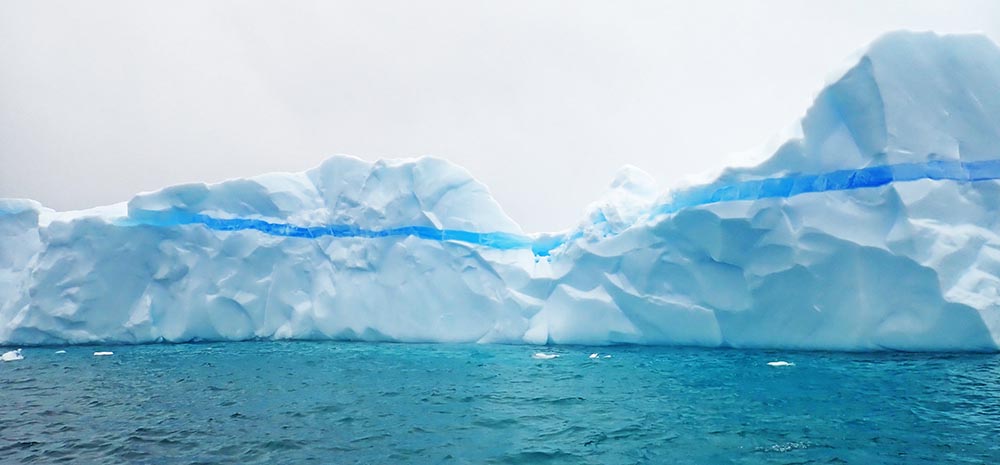
Ice is not always nice. It is not always pure white. Green ice can be caused by a green algae called Chlamydomonas nivalis. Red ice, also known as ‘Watermelon Ice’ (because it smells like watermelon?) may also be known as ‘Blood Snow’, ‘Raspberry Snow’. This can be caused by the same green algae as it also has a secondary red carotenoid pigment, called astaxanthin. This protects the algae from ultraviolet light, absorbs energy to melt snow, which then provides the algae with liquid water. In Antarctica around penguin colonies the snow can also be stained red or pink by their poo, coloured from their diet of krill. Brown & Black Ice (Dirty ice) is often due to soil or volcanic sand (as in above image), but in areas of human habitation, it can be the result if various pollutants.
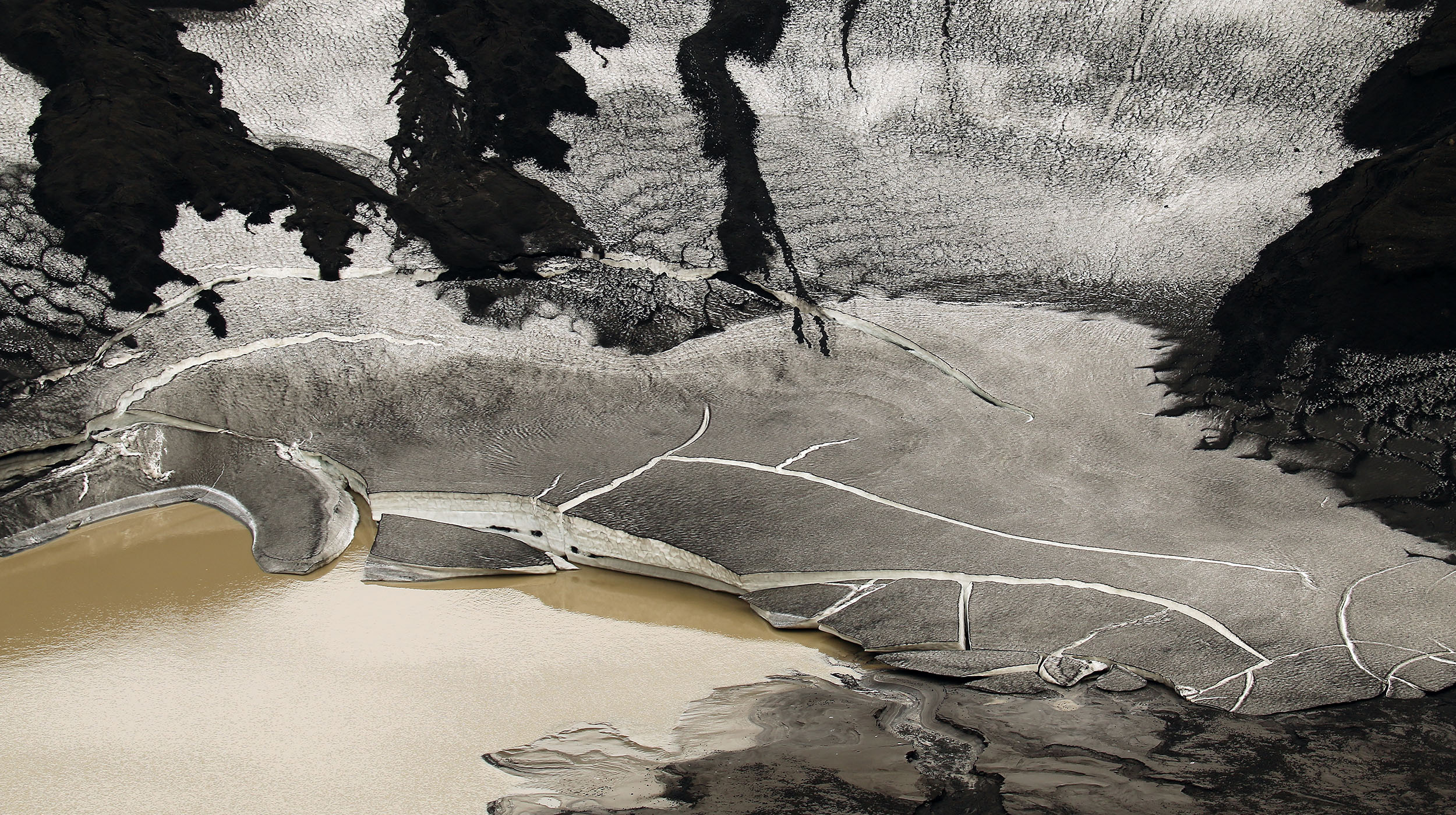
It is claimed that krill include the most abundant animals on earth. The 'Antarctic Krill', Euphausia superba, makes up an estimated weight of around 379 million tonnes, which makes it the species with the largest total biomass on the planet. In turn, this provides food for huge amounts of larger migrating animals, including whales, seals and seabirds. There are five species of Euphausia recorded living in the colder southern oceans south of the sub-Antarctic convergence zone.
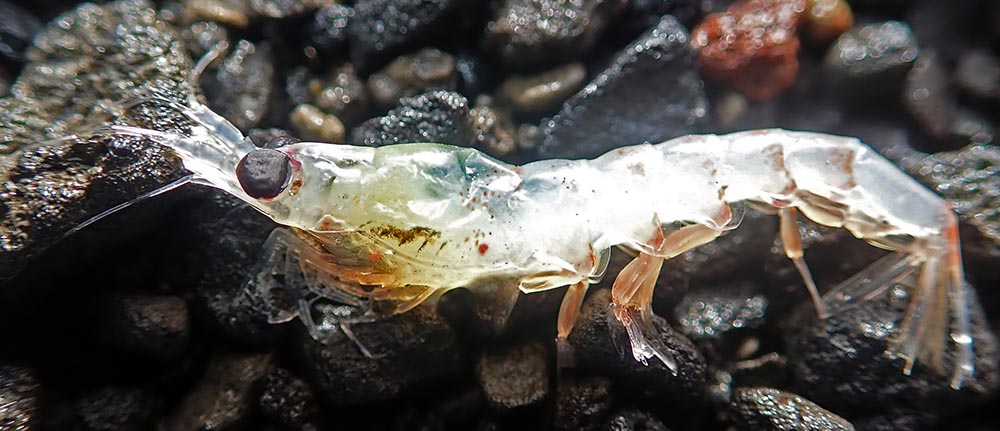
Of all the birds on the Antarctica, the 'Sheathbills' of the tiny family Chionidae are the only 'land' species that are native to the frozen continent.
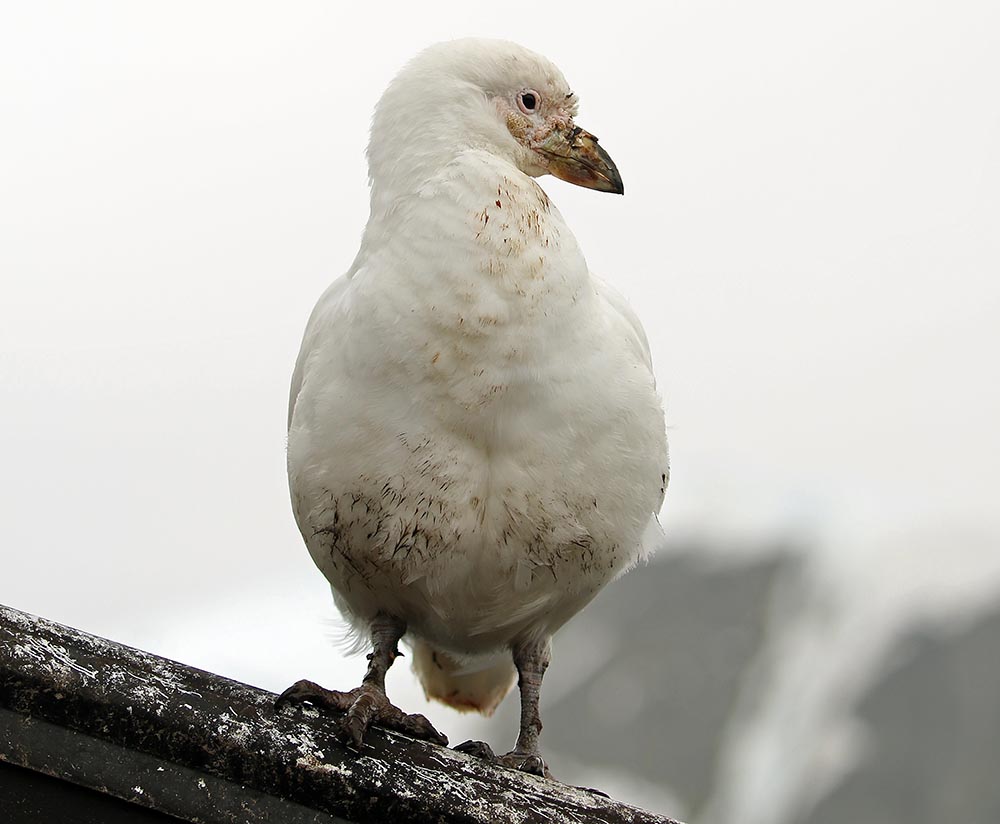
The Skuas, of the family Stercorariidae, are one of the main scavengers and thieves on the land around Antarctica. They can often be observed stealing eggs and chicks around penguin colonies.

The penguins of the family Spheniscidae are the classic symbols of the frozen continent. While there are more species and larger colonies in the subantarctic areas, it is Antarctica we think of when we imagine penguins. The three main species here belong to the 'Brush-tailed Penguins' Pygoscelis.
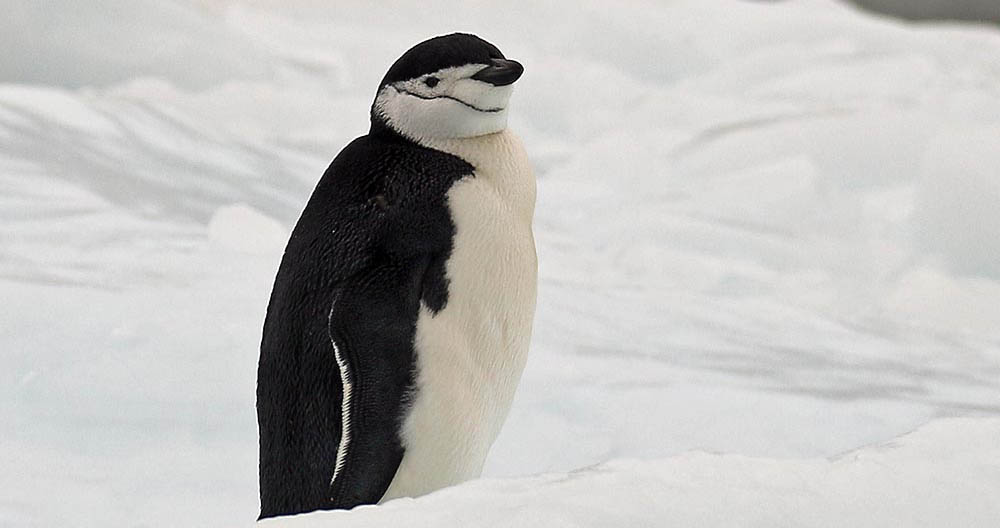 'Chinstrap Penguin'.
'Chinstrap Penguin'.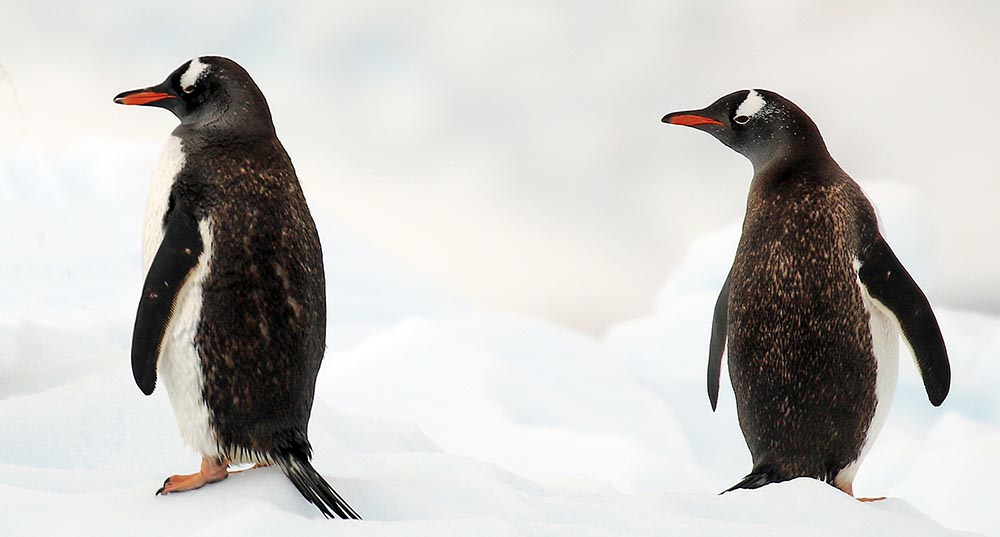 Gentoo Pengions
Gentoo PengionsThe order Procellariiformes includes a large variety of seabirds known as 'Tubenoses'. There are many species to be seen flying above the Southern Ocean on the way to Antarctica.
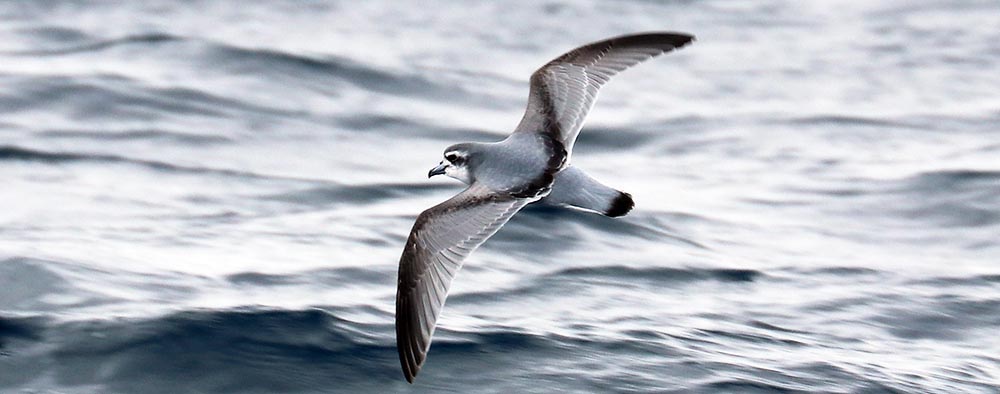 'Antarctic Prion'.
'Antarctic Prion'.One of the largest Tubenoeses after the Albatross is the 'Southern Giant Petrel'. This species may scavenge and hunt around penguin breeding colonies.
 Giant Petrel
Giant PetrelOnce in and around the ice, the diversity of cetaceans are low, but due to the abundance of krill, the number individuals is high. Species include Orca, Fin Whale, and the most commonly seen: Megaptera novaeangliae, 'Humpback Whale'. The latter comes down into polar waters to feed, and in the southern winter will then head into tropical waters to breed.
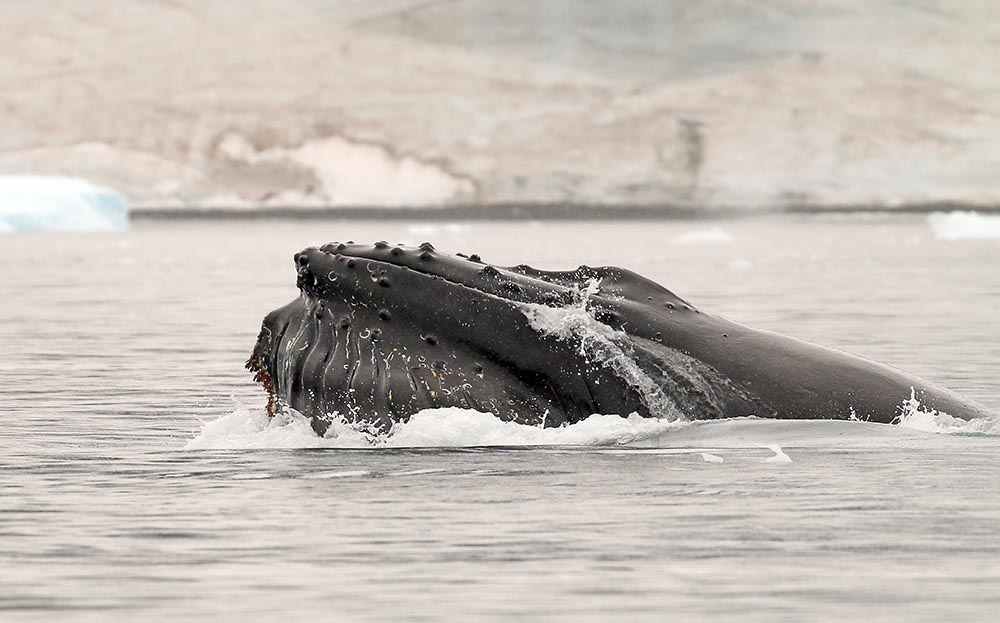
Antarctica hosts both 'eared seals' and 'true seals'; of the former there is Arctocephalus gazella, 'Antarctic Fur-seal'.
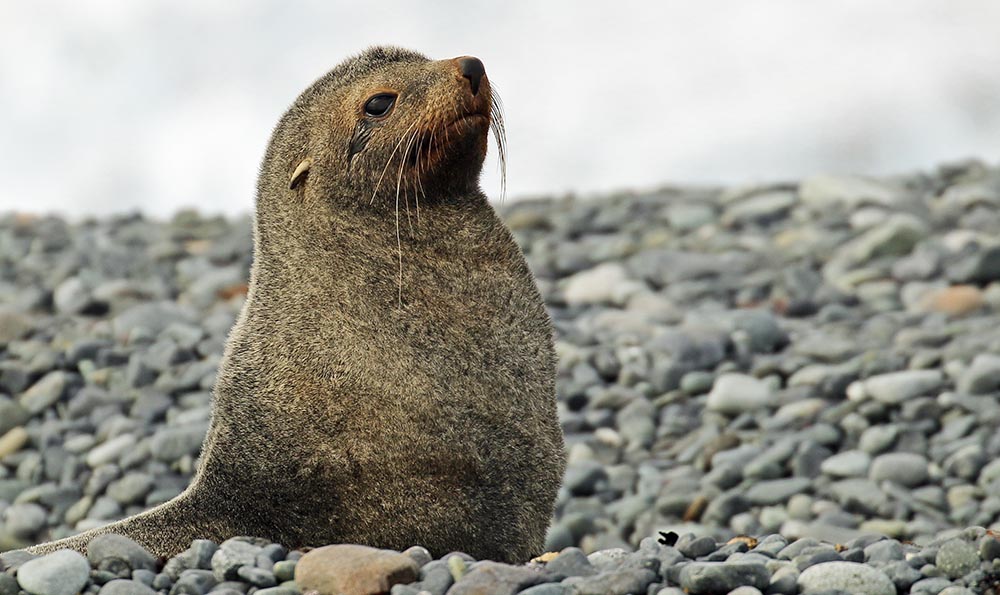
There are three types of 'true' seals commonly seen around the Antarctic peninsula. Lobodon carcinophaga, 'Crabeater Seal' specialises on krill, with 90% of their diet made up of these crustaceans.
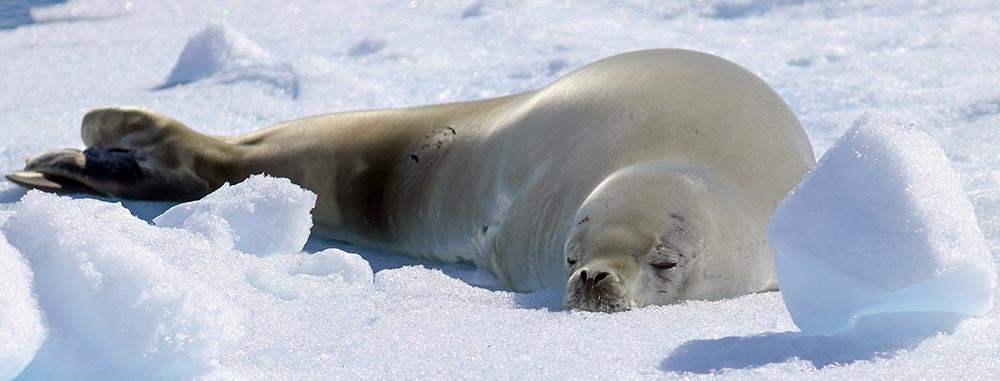 (Paradise Harbour)
(Paradise Harbour)One of the other true seals is a main predator on penguins; the large headed 'Leopard Seal'.
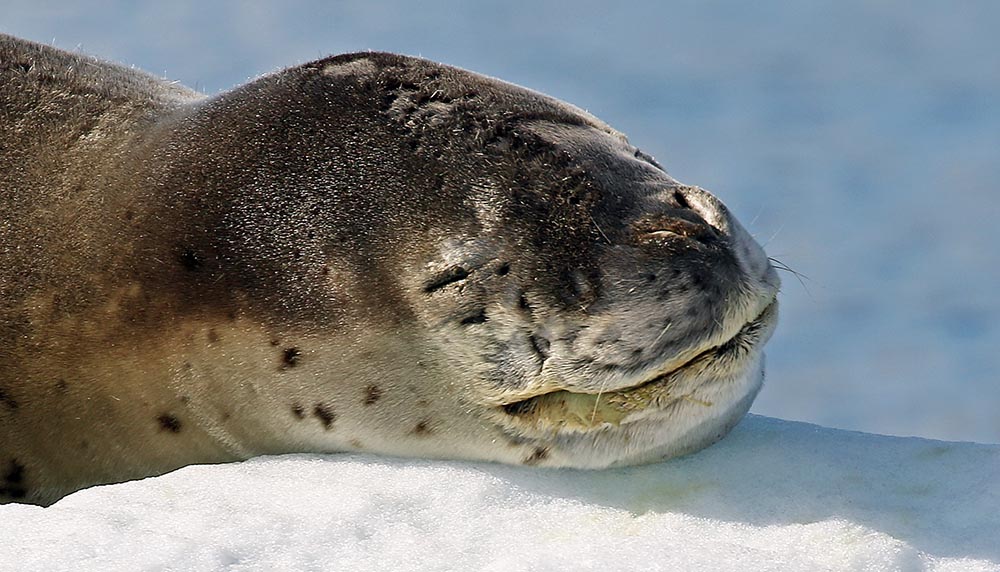
Due to the cold and dry environment, the evidence of humans, such as boats and buildings do not break down and last a long time.
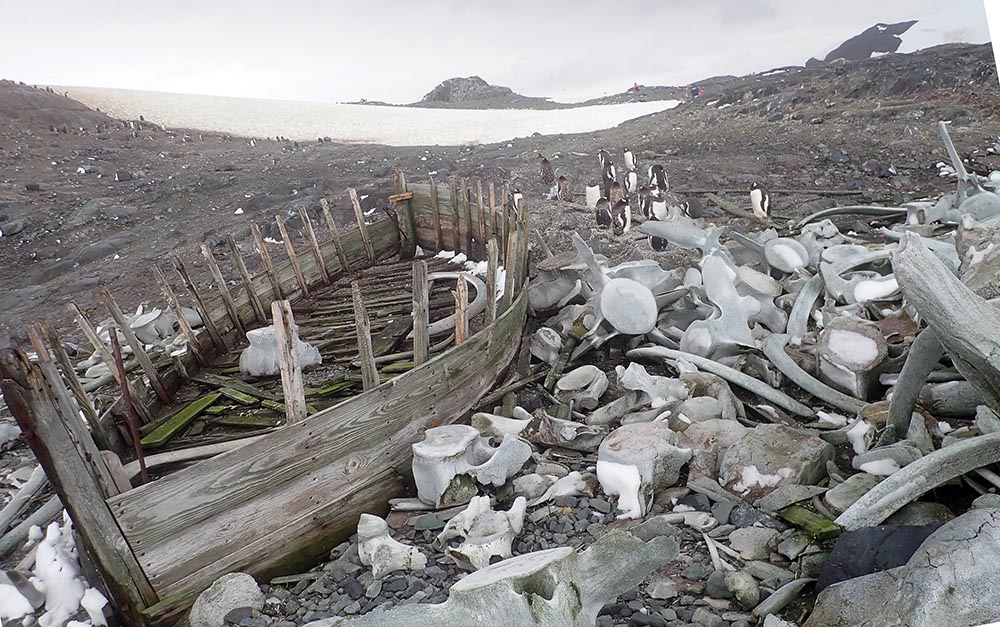
Places to experience the Antarctic sea & shore
The easiest and most popular place is the Antarctic peninsula. This is where most expedition ships do, as it is by far the closest piece of Antarctica. Ships usually leave from Ushuaia in Argentina, or from Punta Arenas in Chile.
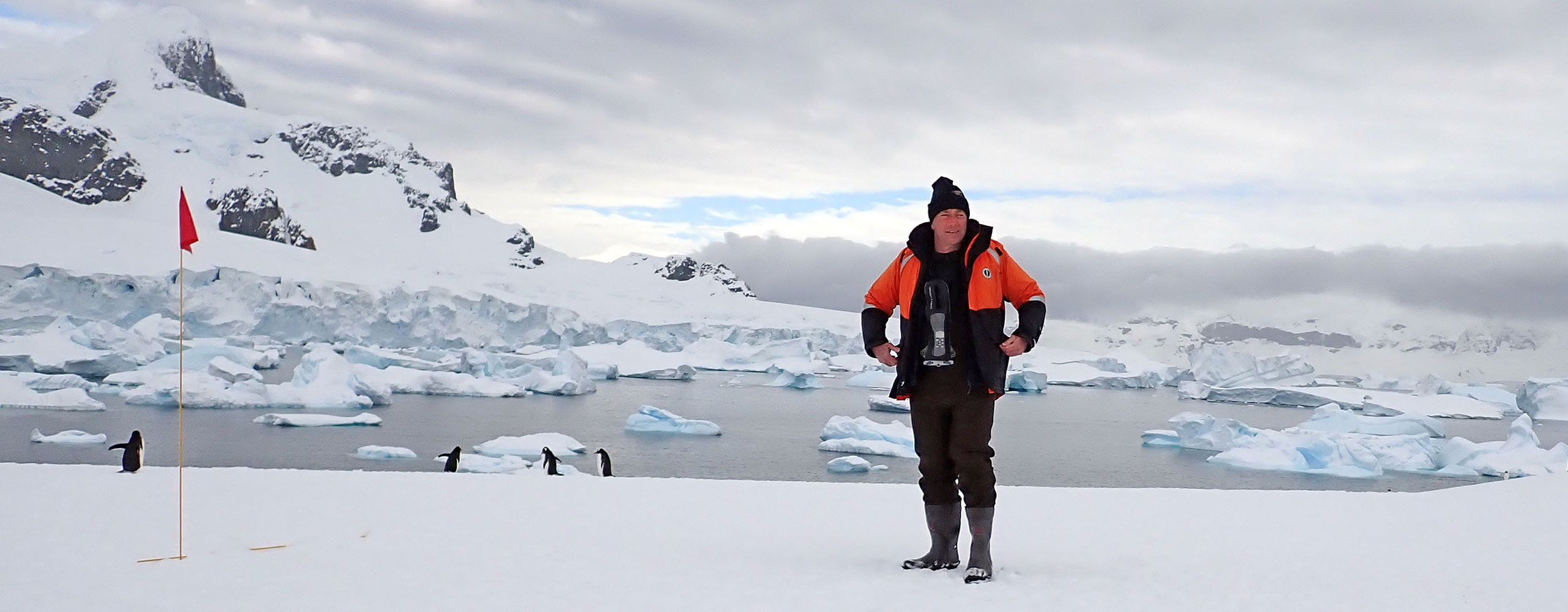 the author in Antarctica. No, the red flags are not me playing golf, but we put those out to stop visitors getting too close to the penguins
the author in Antarctica. No, the red flags are not me playing golf, but we put those out to stop visitors getting too close to the penguinsOther related habitats...
Further north is the Subantarctic ocean, the Subantarctic seashore, and just inland of these wildlife congregations is the Subantarctic tundra. At the other end of the Earth, the northern equivalents are the Arctic ocean & seashore and the Arctic tundra.



